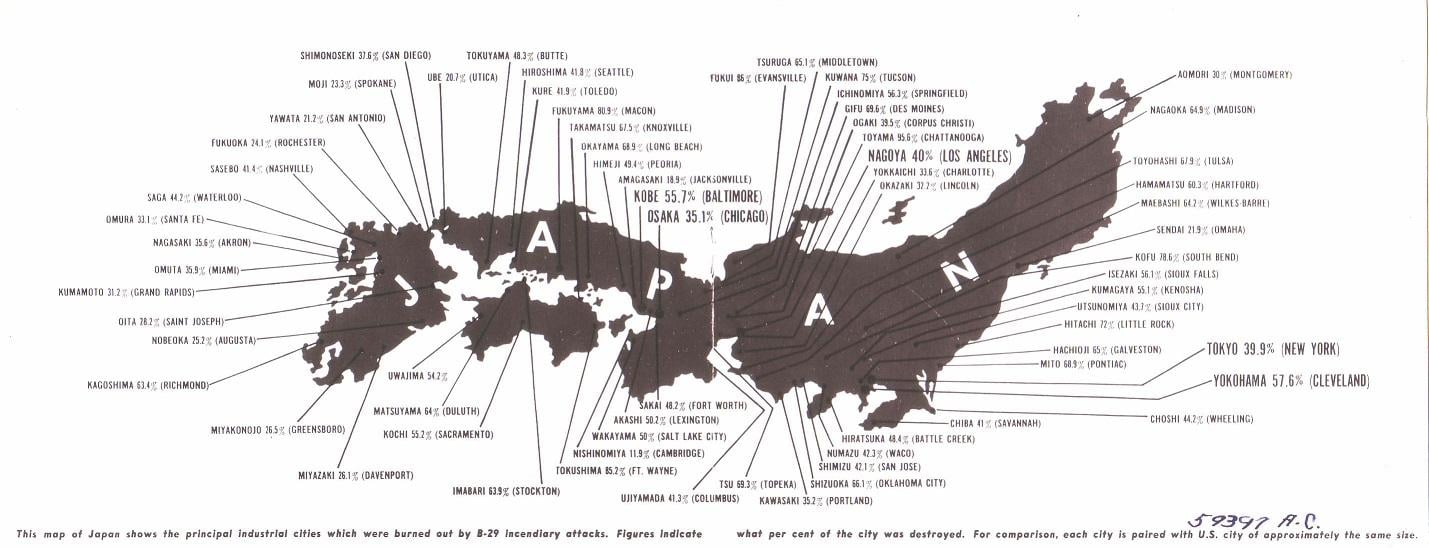Oh, but there is a rather remarkable story from Okinawa about that.

Towards the end of the Battle of Okinawa, a seven year old Okinawa girl named Tomiko Higa held a white flag and advanced towards US forces with several other people. She became immortalized as "The Girl with the The Flag", and is still famous on Okinawa even if few know of her elsewhere. I was fortunate enough to meet her when I was stationed there, and she actually took myself and several others I worked with on a personal tour of the island, visiting many of the battle sites and other locations and explaining what happened there. Where we toured locations like Hacksaw Ridge, Shuri Castle, Ibaru Ridge where General Buckner was killed, as well as Suicide Cliffs and the Prefecture Peace park.
But as a seven year old girl, Tomiko Higa was obviously not a "soldier".
Thank you for the essays.
You dont realize gipper is a troll and my replys force the troll to come into the light.
It is nice to show off your knowledge but even I and most people here are looking for an easy quick read.
The troll and my attempt to have others see him/her as such is lost in the chapters of history be quoted.
I can write an essay myself. I have the knowledge and sources at my fingertips. What others liknk to, a sentence, i own the book which allows me to put any quote in context refuting revisionest and or opinion comments.
Feel free to look at my pics, feel free to suggest what is missing


